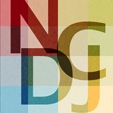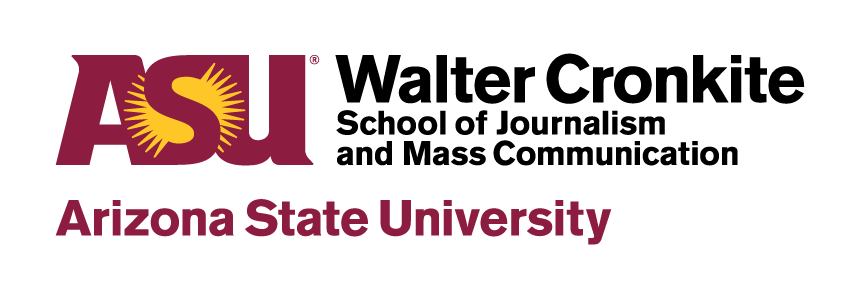By Annie Woods
As a freelance photographer in San Francisco, Suzanne Levine specialized in disability issues, and what she saw in the news bothered her.
She felt that people with disabilities were often caricaturized and that news about disabilities was often inaccurate or incomplete. She decided to take things into her own hands, buying a book on how to start a non-profit organization, getting a team of journalists and people with disabilities together and founding the Disability and Media Project.
For more than 10 years, Levine helped lead presentations for journalists and journalism educators as well as developing materials to help journalists do their jobs better.
As she moved across the country, the center moved with, from San Francisco to Boston. Along the way, its name was changed to the National Center on Disability & Journalism to better reflect the organization’s focus on journalism as opposed to advocacy.
Three years ago, Levine began seeking out a university willing to take on the fledgling center and expand it. She heard about the Cronkite School and approached Dean Christopher Callahan, who agreed to house the center. The transition was officially completed in 2008.
“I felt that the school already had a strong commitment to diversity and it had the best chance of succeeding and growing the program,” Levine said. “People haven’t been exposed to disability issues, and I think they’re most receptive when they’re in school.”
ASU is a natural place for the center, said Cronkite Assistant Dean Kristin Gilger, who provides administrative oversight for the center. ASU is well known nationally for its strong services for disabled students, she said.
Jake Geller, the Cronkite graduate student who coordinates the center’s activities, agreed. Geller said that one of the main reasons he came to ASU was because of the support and resources provided for people like him who use wheelchairs.
Callahan said the center fits in well with the priorities of the Cronkite School as well.
“One of the values we’re trying to instill is diversity of news coverage,” he said. “And diversity needs to extend beyond racial issues to include disabilities.”
Callahan said he thinks it’s important to support an organization that educates people about diversity and fairness in journalism and encourages “sophisticated and in-depth” coverage of complex issues.
Gilger said the center’s aim is to provide the practical resources that will help journalists better report on disabilities and people with disabilities. “We want reporters, for example, to come to the center when they have questions on how to describe a disability or where to find a particular resource,” she said. “Sometimes, they might just want to see what other reporters are doing or share what they’re doing that advances the depth and quality of coverage in this important area.”
Geller has spent the past semester preparing content for a new NCDJ Web site, which was launched in June. The site includes tips, sources and a style guide for journalists writing and reporting about people with disabilities. It also provides the latest news on disabilities and a blog that examines best practices.
For example, the style guide advises journalists to avoid referring to “the disabled” in the same way that they would avoid referring to “the Asians,” “the Jews” or “the African-Americans.” Instead, they are asked to use such terms as “the disability community” or “the disability activist.”
The guide also warns against making assumptions about a person’s quality of life. “Not every person with a disability ‘suffers,’ is a ‘victim’ or is ‘stricken,’” according to the guide. “It is preferable to use neutral language when describing a person who has a disability, simply stating the facts about the nature of the disability. For example, ‘He has muscular dystrophy.’”
“This isn’t an advocacy group,” Gilger said. “It’s a place for journalists to better their craft.”

